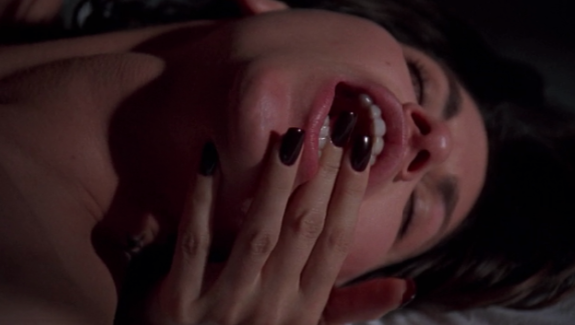
First off: a note of thanks. Thanks to the incredible women who give so much to this journal: Manisha Aggarwal-Schifellite, Mallory Andrews, Lydia Ogwang, Kathleen Kampeas-Rittenhouse. Thanks to Jovana Jankovic who copy edits our issues, Cathleen Evans who curates our newsletter, and Calina Ellwand and Bianca Huang for their fundraising work. Thanks to our contributors and our readers, and thank you to our donors. As the end of 2016 approaches and calls for the annual tradition of reflecting on what the last 365 days have brought (or wrought), these expressions of gratitude feel so necessary. The past year has been marked by some firsts that many had hoped to never see: Brexit, the election of a billionaire bigot as President of the United States. These firsts have caused serious emotional and political anguish, and more critically, they mean many folks from marginalized communities are even more at risk than they were before. Because, while these specific events of are unique to 2016, they stem from a long history of racism, misogyny, homophobia and xenophobia. They’re firsts, but they’re not new.
So, if 2016 is set to go down in history as the year of intersectional hatred, what happens now? For this is the challenge with firsts: after they transpire, the work starts. The shape of this work will vary, and some will have to bear more of its weight. In feminism, this means those who have benefitted the most from the movement: white, straight, ciswomen. The work will take the form of listening, learning, supporting, and agitating. The work will take the form of taking to the streets, picking up the phone, reaching into pockets. The work will, hopefully, mean a growth in numbers and building a community that, as Mayanthi Fernando says about Muslim feminist movements in France, “recognizes that emancipation can take many forms.”
With this in mind, on to our 12th issue. Our contributors approached the theme of firsts in a variety of forms, from an interview by our senior editor, Manisha Aggarwal-Schifellite, with the director of Sami Blood, Amanda Kernell, about indigenous language preservation to a conversation between Cathleen Evans and Soraya Roberts (author of In My Humble Opinion: My So-Called Life) about “the first time”. Neyat Yohannes reflects on negotiating the white space of indie film through an ode to Love Jones and Erin Delaney celebrates the queer subversion of the family in the Wachowski sisters’ first film, Bound, while Juan Llamas-Rodriguez places Elena of Avalor, Disney’s first Latinx princess, under the cultural microscope. Writing on the Uruguayan horror film La Casa Muda, Nadya Sarah Domingo looks at the film’s formal and thematic synergies, and Clara Miranda Scherffig juxtaposes Heaven Knows What’s depiction of drug use with the work of Joan Didion. For our Women to Watch feature, I wrote about emerging Canadian filmmaker Sofia Bohdanowicz, and our roundtable has Britni de la Cretaz, Stacey May Fowles and Karen Ho placing their bets on the future of women in sports movies.
Whether this is your first time reading cléo or if you’re a returning reader, we hope this issue leads you to discover new favourite films and film writers. For me, this has been one of the greatest joys of working on cléo, and why every time we put out another issue I’m still as blown away as the ~first~ time.
– Kiva Reardon
December 15, 2016





